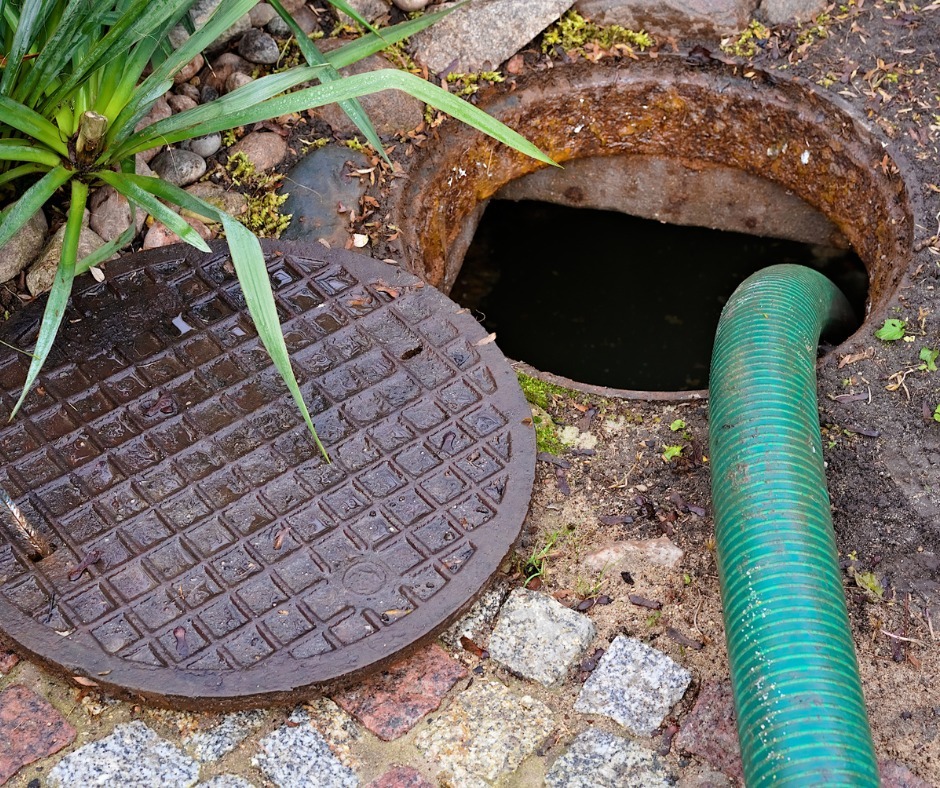
Sewage treatment and septic tanks are vital components of wastewater management systems, each serving a distinct role in maintaining public health and environmental sustainability. While both play essential roles in treating wastewater, there are significant differences in terms of scale, mechanism, and purpose. This article aims to provide a comprehensive understanding of the disparities between sewage treatment plants and septic tanks, shedding light on their respective functions, processes, and implications for wastewater management.
I. Sewage Treatment Plants: Sewage treatment plants are large-scale facilities designed to process and treat wastewater from residential, commercial, and industrial sources. They are typically found in urban areas with a centralized sewer system. Here are the key aspects of sewage treatment plants:
Collection and Transportation: Sewage treatment plants receive wastewater through an extensive network of underground sewer lines. The wastewater contains a mixture of domestic, commercial, and industrial effluents.
Mechanical and Biological Processes: Once inside the treatment plant, the wastewater undergoes a series of processes to remove impurities and contaminants. These processes include screening, where large objects are removed, followed by sedimentation to allow solid particles to settle. Biological treatment methods, such as activated sludge or biofilm systems, are then employed to break down organic matter and remove harmful bacteria.
Advanced Treatment: Advanced treatment methods, such as disinfection using chlorine or ultraviolet (UV) light, are often employed to further eliminate disease-causing pathogens and ensure the treated water meets stringent quality standards. Some plants also adopt tertiary treatment processes like filtration or nutrient removal to improve the water quality even further.
Environmental Impact: Sewage treatment plants significantly reduce the environmental impact of wastewater discharge by removing pollutants and pathogens before releasing the treated water back into water bodies or reusing it for irrigation or industrial purposes. They play a crucial role in preserving water quality, protecting ecosystems, and preventing waterborne diseases.
II. Septic Tanks: Septic tanks, on the other hand, are decentralized wastewater treatment systems typically used in rural or remote areas where centralized sewer systems are not available. They serve individual households or small communities. Let's explore the key characteristics of septic tanks:
On-Site Treatment: Septic tanks are buried underground on the property they serve, directly receiving wastewater from residential or commercial sources. They are composed of two compartments that facilitate the treatment process.
Anaerobic Digestion: Inside the septic tank, solid waste settles at the bottom, forming a layer of sludge, while lighter substances float to the top, creating a scum layer. Anaerobic bacteria naturally decompose the organic matter in the wastewater, partially breaking it down.
Effluent Disposal: The partially treated liquid effluent flows from the septic tank into a drain field, also known as a leach field or absorption field. The drain field consists of a network of perforated pipes buried in the soil, allowing the effluent to seep into the ground. The soil acts as a natural filter, further treating the effluent by removing harmful bacteria and pathogens.
Maintenance and Considerations: Proper maintenance of septic tanks is crucial to ensure their efficient operation. Regular pumping is required to remove accumulated sludge, preventing system failure and potential groundwater contamination. It is essential to be mindful of what goes into the septic system, avoiding excessive use of chemicals or flushing non-biodegradable materials that may disrupt the treatment process.
Conclusion: Sewage treatment plants and septic tanks are both integral components of wastewater management systems, but they differ significantly in terms of scale, processes, and application. Sewage treatment plants cater to large communities and employ sophisticated treatment methods to remove
Genre: ARCHITECTURE / General